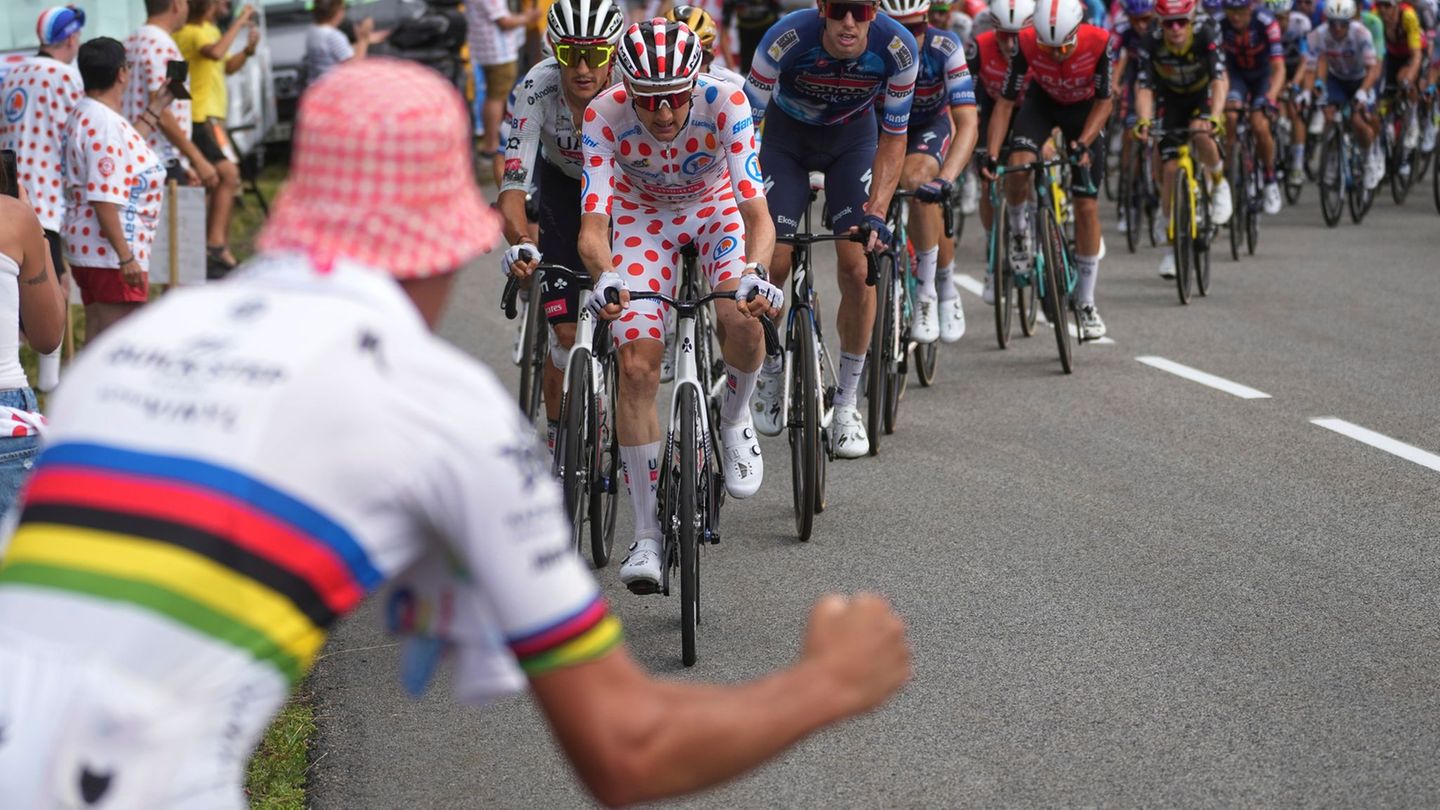From autumn onwards, bread and pastries will become more expensive. The reasons for this are higher grain prices, more expensive spare parts for baking machines, the higher standard consumption tax, which will have an impact on small trucks for delivery, as well as the planned nationwide parking sticker for Vienna. Bcker finally broke cost truth, so Michael Bruckner, chairman of the association of the baking branch, in an interview with the “Standard” (Thursday).
Agriculture, which has been badly hit by hail, storms and heavy rain, speaks of a moderate increase in grain prices. The yield per hectare fell as did the area under cultivation. In addition, maize and beets bring higher profits than wheat. The price of 15 cents for a roll cannot be kept, says Bruckner.
The dairies are also demanding five to six percent higher prices for milk and butter due to bottlenecks in packaging and expensive logistics, and the farmers are also insisting on a higher price for milk. The association of the food industry states a “dramatic market situation”. The price increase is historically high, relaxation is not in sight.
New wages and salaries from October
The growing shortage of skilled workers in the baked goods industry is attributed to low entry-level salaries and adverse working conditions. From October 1st there will be new wages in the industry. Many entrepreneurs expect that they will have to make tangible financial concessions to the union under the collective agreement this year after years in which they were on the brakes during negotiations. There is an increase of around 2.1 percent in the room. The actual wage increase is likely to be greater. “The majority of the bakers pay well above the collective agreement, otherwise they would be lonely in the bakery,” says Bruckner.
On average, half of their costs go to staff. In industry, in which an employee produces up to 40,000 rolls an hour, the proportion is lower, in craft businesses where a baker forms 400 to 600 rolls in the same time, it is higher. Around a third of the costs go into purchasing the raw materials. Whereby the proportion of flour rarely exceeds the limit of four percent.
more on the subject

Jane Stock is a technology author, who has written for 24 Hours World. She writes about the latest in technology news and trends, and is always on the lookout for new and innovative ways to improve his audience’s experience.




